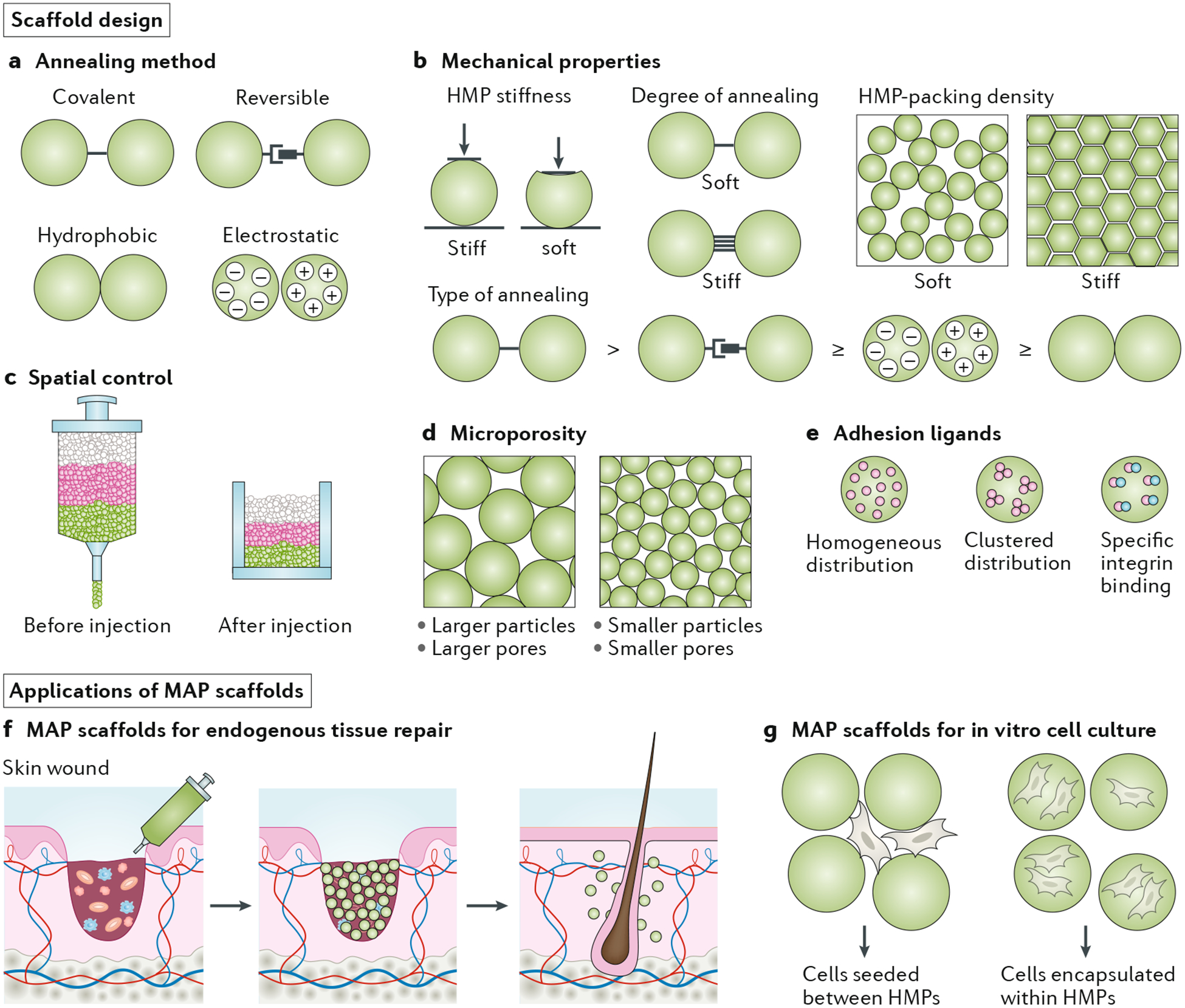Fig. 7 |. Design considerations for building scaffolds from hydrogel microparticles.

Scaffold design includes the engineering of: a | The annealing chemistry (which can be covalent, reversible, electrostatic or hydrophobic, resulting in various strengths of interactions) used to form microporous annealed particle (MAP) scaffolds. b | The mechanical properties, which are modulated by the stiffness of the individual hydrogel microparticles (HMPs), the degree of annealing (number of bonds between HMPs), the HMP-packing density and the chemistry of annealing (for example, covalent bonding is stronger than non-covalent bonding). c | Spatial control during injection. d | HMP size, which influences microporosity. e | Ligand modification for adhesion (distribution and type of ligand presentation). Applications of HMPs include: f | Cutaneous endogenous repair. g | Cell culture (intraparticle and interparticle culture platforms).
